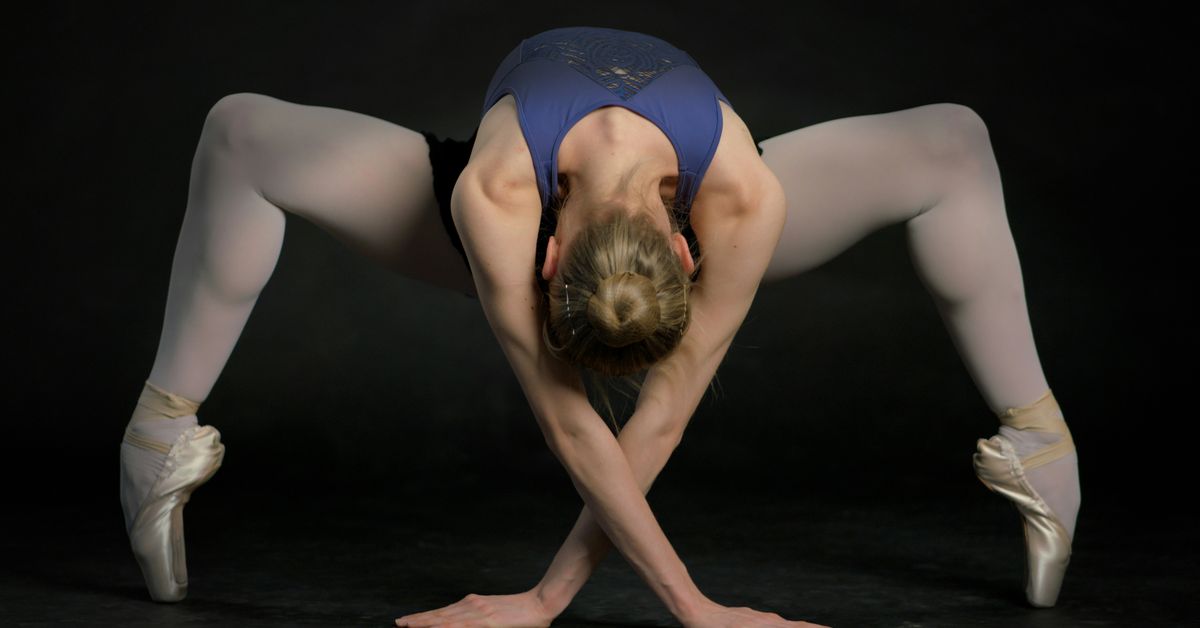Healing through Sports Rehabilitation Stories
The Role of Sports Rehabilitation in Recovery
Sports rehabilitation plays a crucial role in helping athletes recover from injuries and regain their physical capabilities. It involves a comprehensive approach that combines medical treatment, physical therapy, and psychological support to facilitate healing.
According to Dr. John Smith, a renowned sports medicine specialist, “Rehabilitation is not just about treating the injury; it’s about restoring confidence and functionality. It’s a journey towards recovery.”
Case Studies of Successful Rehabilitation
Case Study 1: ACL Tear Recovery
Emily Johnson, a competitive soccer player, suffered a devastating ACL tear during a match. Her journey through rehabilitation was arduous but transformative. Through a tailored program of physical therapy, strength training, and gradual return to play, Emily not only recovered her physical strength but also rebuilt her mental resilience.
“The rehabilitation process taught me patience and perseverance. It wasn’t just about my knee; it was about my whole being as an athlete.”
Case Study 2: Shoulder Injury in Baseball
David Martinez, a promising young pitcher, faced a career-threatening shoulder injury. His rehabilitation journey involved innovative treatments like platelet-rich plasma therapy combined with rigorous rehabilitation exercises.
David emphasized, “The support from my rehabilitation team was crucial. They didn’t just focus on fixing my shoulder; they helped me stay motivated and focused on my goal of returning to the mound.”
The Psychological Aspect of Rehabilitation
Recovering from a sports injury is not just a physical challenge but also a mental one. Athletes often experience fear of re-injury, frustration, and anxiety during the rehabilitation process.
Dr. Sarah Lee, a sports psychologist, notes, “It’s important to address the psychological impact of injury. Athletes need support to cope with setbacks and stay motivated.”
Innovations in Sports Rehabilitation
Advancements in technology and treatment modalities have revolutionized sports rehabilitation. Techniques such as cryotherapy, biomechanical analysis, and virtual reality therapy are increasingly used to accelerate recovery and enhance performance.
- Cryotherapy sessions help reduce inflammation and promote faster healing.
- Biomechanical analysis allows therapists to pinpoint movement patterns that may contribute to injury.
- Virtual reality therapy aids in mental rehabilitation by simulating game scenarios and enhancing cognitive function.
Conclusion
Healing through sports rehabilitation is not just about repairing the body; it’s about empowering athletes to overcome adversity and reclaim their passion for the game. Each rehabilitation story is a testament to the resilience of the human spirit and the transformative power of dedicated care.
As advancements continue and understanding deepens, the future of sports rehabilitation holds promise for even greater success stories and improved outcomes for athletes worldwide.




